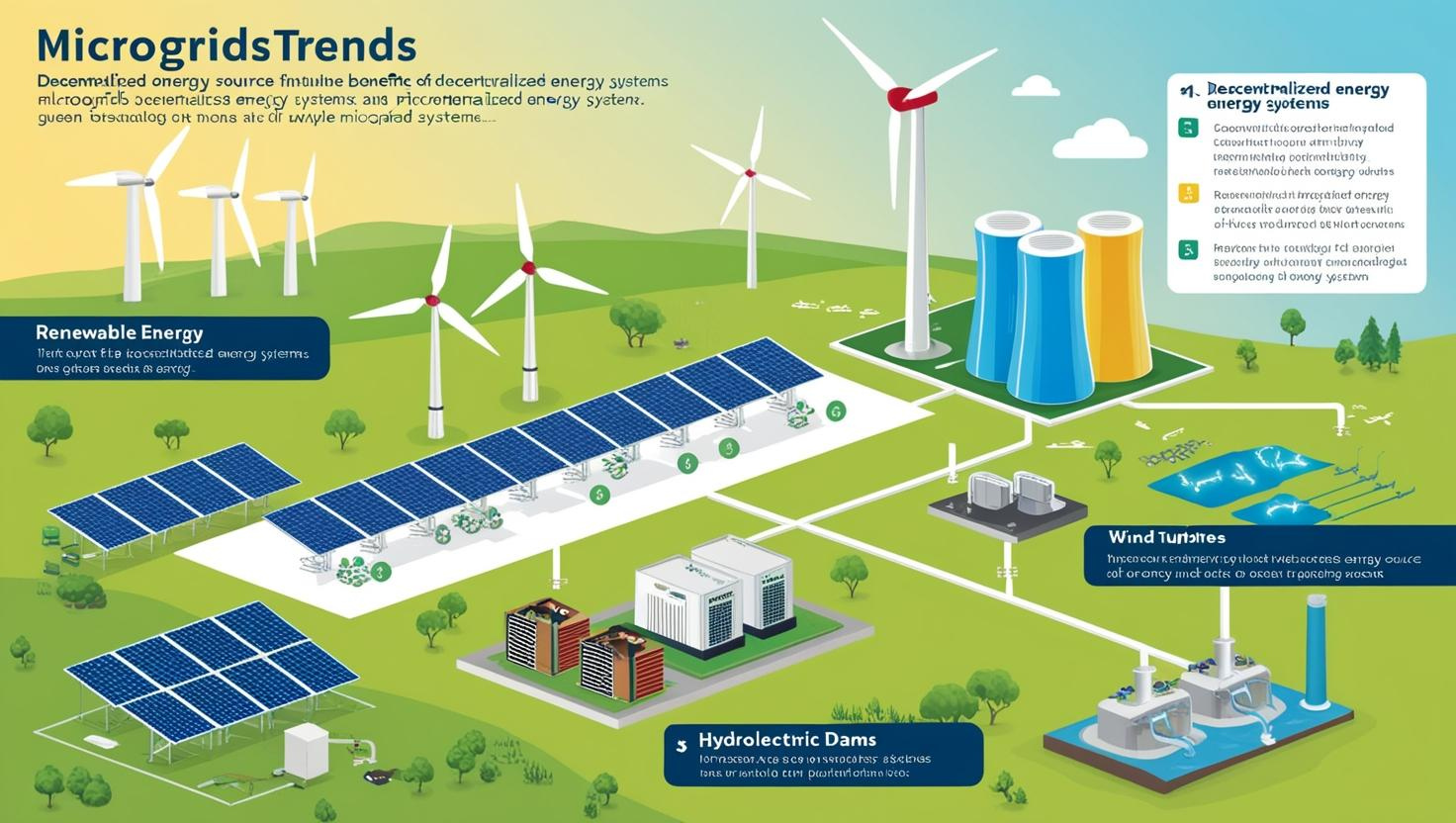The global microgrid market is poised for significant growth between 2024 and 2029, driven by increasing demand for energy resilience, integration of renewable energy sources, and advancements in microgrid technologies.
Market Overview
- Market Size: The global microgrid market is projected to grow from USD 37.6 billion in 2024 to USD 87.8 billion by 2029, reflecting a Compound Annual Growth Rate (CAGR) of 18.5% during the forecast period.
- Regional Insights:
- Asia Pacific: Expected to reach at a CAGR of 22.4%, driven by rural electrification efforts in countries like India, Malaysia, and the Philippines.
- North America: Experiencing growth due to increasing power outages and the need for reliable energy solutions. The U.S. microgrid market is projected to grow at a CAGR of 16.4%.
Download PDF Brochure @ https://www.marketsandmarkets.com/pdfdownloadNew.asp?id=917

Key Market Trends
- Integration of Renewable Energy: Microgrids are increasingly incorporating renewable energy sources like solar and wind, supported by declining costs of technologies such as lithium-ion batteries.
- Energy Resilience and Reliability: The rise in extreme weather events and aging grid infrastructure have led to increased adoption of microgrids for uninterrupted power supply, especially in critical sectors like healthcare and data centers.
- Technological Advancements: Developments in energy storage, power electronics, and control systems are enhancing the efficiency and cost-effectiveness of microgrids.
- Government Initiatives: Policies and incentives promoting clean energy and rural electrification are accelerating microgrid deployment globally.
Sectoral and Regional Developments
- Commercial & Industrial Sector: Anticipated to experience the highest growth due to the need for reliable power to ensure uninterrupted operations.
- Asia Pacific: Countries like Thailand and Indonesia are implementing national microgrid policies and programs to enhance energy access in remote areas.
- Sub-Saharan Africa: Initiatives like the U.S. government’s ‘Beyond the Grid’ aim to provide renewable microgrid solutions to over 60 million households by 2030.
Challenges
- High Initial Investment: The upfront costs for microgrid implementation can range from $2,000 to $5,000 per kilowatt, posing a barrier to adoption.
- Technical Complexity: Integrating diverse energy sources and storage systems requires specialized expertise, which is currently in short supply.
- Regulatory Uncertainties: A lack of standardized regulations and policies can hinder microgrid deployment and integration with the main grid.
Future Outlook
The microgrid market is expected to continue its robust growth trajectory, driven by the need for energy resilience, integration of renewable energy, and supportive government policies. As technological advancements reduce costs and improve efficiency, microgrids will play a crucial role in the global transition to sustainable and reliable energy systems.
